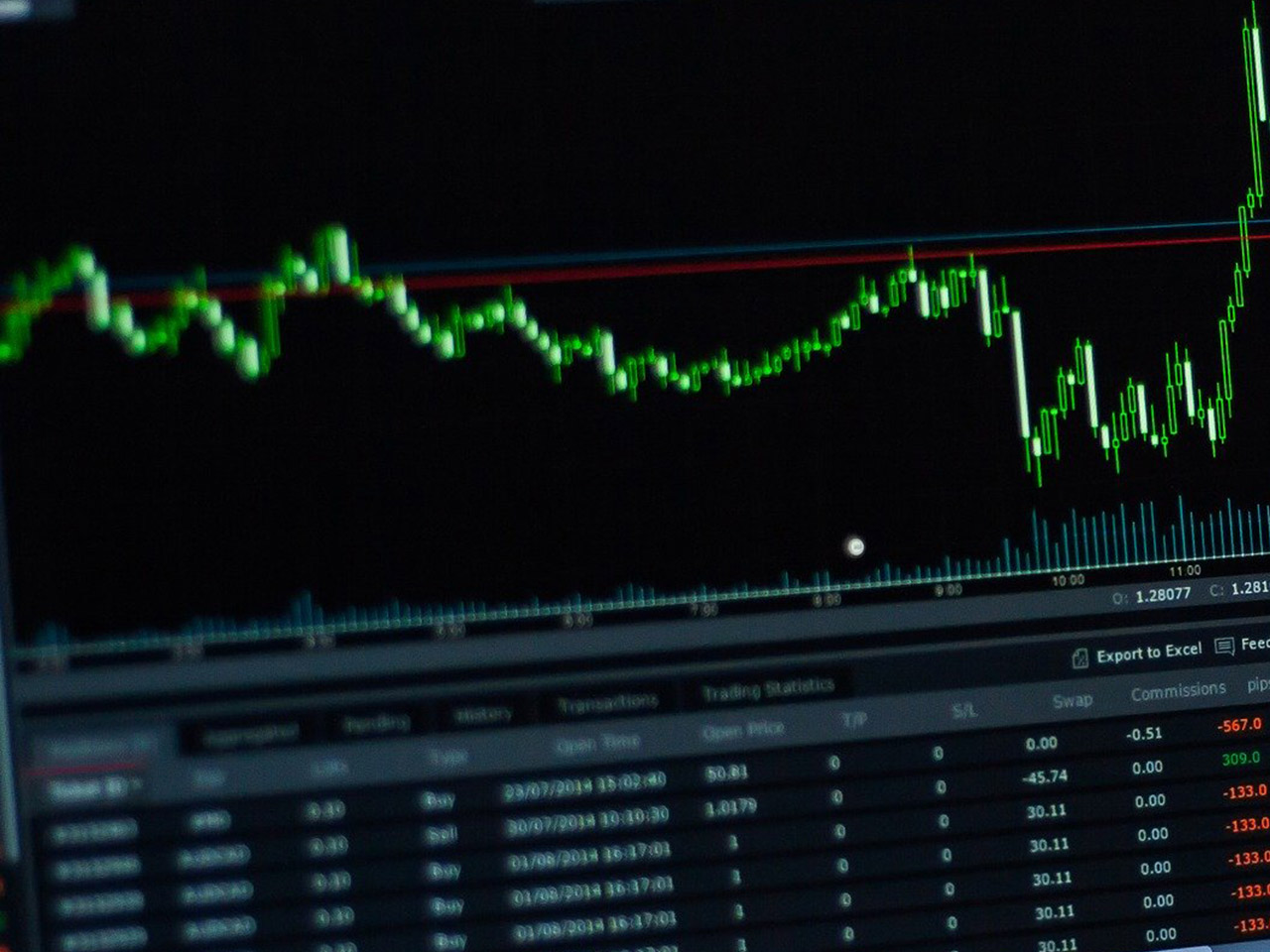BP PLC, a stalwart in the energy sector, offers investors a mixed bag of prospects and challenges. As an integrated oil and gas giant headquartered in London, BP operates across multiple segments, including Gas & Low Carbon Energy and Oil Production & Operations. With a market capitalization of $64.8 billion, BP remains a significant player in the global energy landscape.
Currently priced at 420.5 GBp, BP shares have experienced a marginal decline of 0.03%, reflecting broader market conditions and sector-specific challenges. The stock has traversed a 52-week range from 331.70 to 468.75 GBp, indicating a certain level of volatility that investors must consider.
One of the most intriguing aspects of BP’s financials is its Forward P/E ratio, which stands at a staggering 859.48. This figure suggests that the market is pricing BP’s future earnings very optimistically, which could be concerning without corresponding growth metrics. The absence of a trailing P/E ratio further complicates the valuation picture, highlighting the importance of future performance indicators.
Despite a revenue growth contraction of 1.30%, BP’s free cash flow is robust, clocking in at approximately $9.3 billion. This strong cash flow underpins the company’s ability to maintain a high dividend yield of 5.84%. However, the payout ratio of 754.09% is alarmingly high, suggesting that dividends are being paid out from reserves rather than earnings, raising questions about sustainability.
Analyst sentiment towards BP is cautious yet optimistic. The stock has garnered 6 buy ratings and 13 hold ratings, with no analysts recommending a sell. The average target price stands at 457.30 GBp, offering a potential upside of 8.75% from the current trading price. This potential is tempered by the technical indicators, with a 50-day moving average of 424.69 and a 200-day moving average of 404.94, suggesting that the stock is slightly below its short-term trend but above its longer-term trend.
The RSI (14) is notably low at 29.43, which typically signals that the stock is oversold. This could present a buying opportunity for investors seeking to capitalize on potential price recoveries. However, the MACD, at 1.53, below the signal line of 2.52, hints at a bearish momentum in the near term.
BP’s diversified operations, from conventional oil production to ventures in renewables and EV charging, position it well for the ongoing energy transition. Yet, investors must weigh these opportunities against the challenges of fluctuating oil prices, regulatory pressures, and the company’s ability to sustain its dividend policy.
For investors considering BP, the company’s high dividend yield is attractive, but it comes with the caveat of a high payout ratio. Combined with a complex valuation and mixed analyst ratings, BP presents both opportunities and risks that require careful consideration. As the energy sector continues to evolve, BP’s strategic adaptations and financial health will be critical to its long-term investment appeal.




































